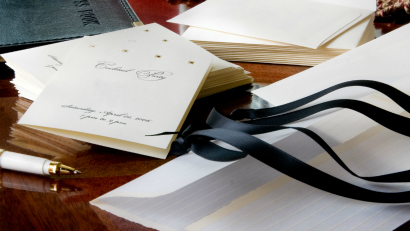Prior marketing research has, for the most part, focused on the language used in donation solicitations. Little attention has been paid to the overall “look” of the solicitation. This research identifies that in the context of donation solicitations, there are two types of design elements:
- Type 1: Those that cost more to make the element better-looking (e.g., gold ink, thick paper), and;
- Type 2: Those that do not cost more to make the element better looking (e.g., nice font, better use of color).
The research, to be published in the Journal of Consumer Research, explored how these two types of aesthetics influence donation response in studies performed both in the lab and in the field.
For the first time, the research makes the connection between the overall design of solicitation letters and fundraiser invitations, and how, based on their looks, beautiful materials can cause the recipients to give less or nothing to the organization.
In one study, the researchers partnered with a Miami chapter of a national non-profit in the design of its annual gala’s invitations and sent different versions to different constituents. Some potential donors received an invitation that was good looking but without looking expensive (one with high levels of Type 2 design elements and low levels of Type I elements). Others received a version that was better looking than the other but also looked more expensive (one that had high levels of both Type 1 and Type 2 design elements). Resulting ticket sales and subsequent donations revealed that the good looking but less expensive-looking invitations yielded approximately $88 per invitation while the one that was better looking but also more expensive-looking yielded only $19 per invitation.
Townsend found high levels of expensive-looking design elements for solicitation materials can be a “turn off” in the “ask” environment.
“For those asking for monetary gifts, the optimal solicitation is not the most beautiful, but rather the one offering high levels of overall beauty without significant cost implications,” said Townsend. “It would be smart to also think about this effect when designing thank-you notes and gifts, another spend that could also be perceived as wasteful.”

